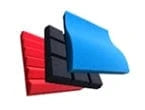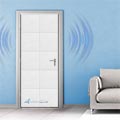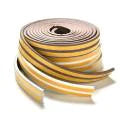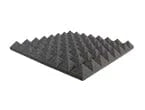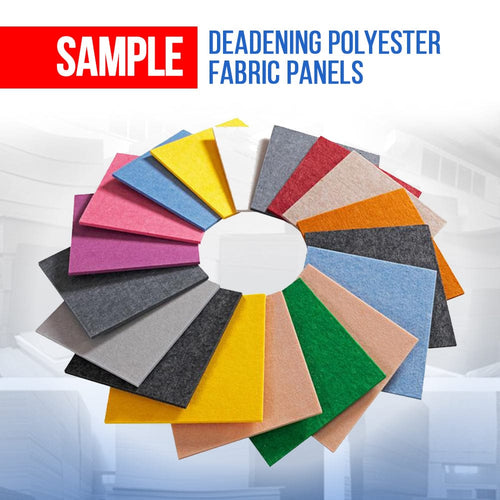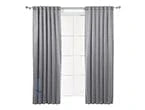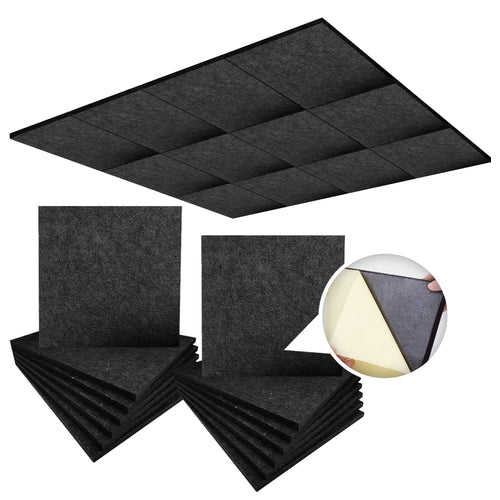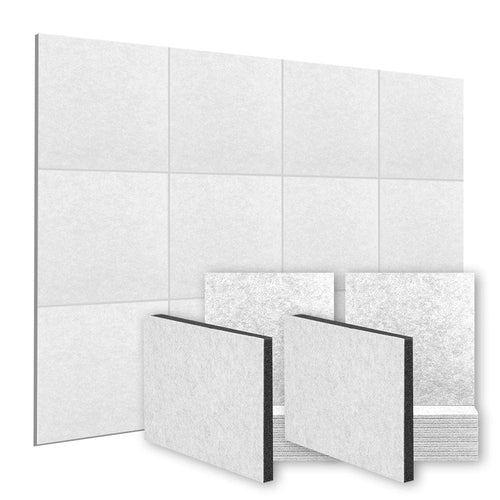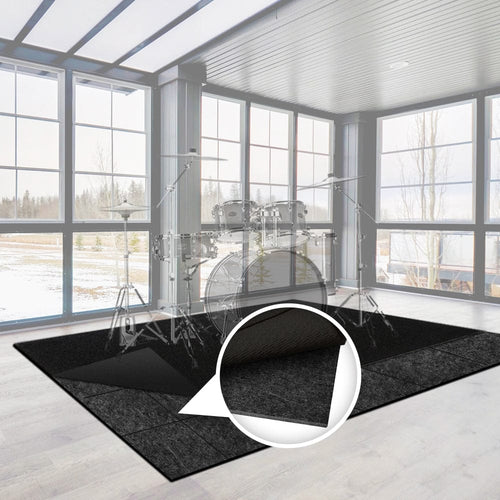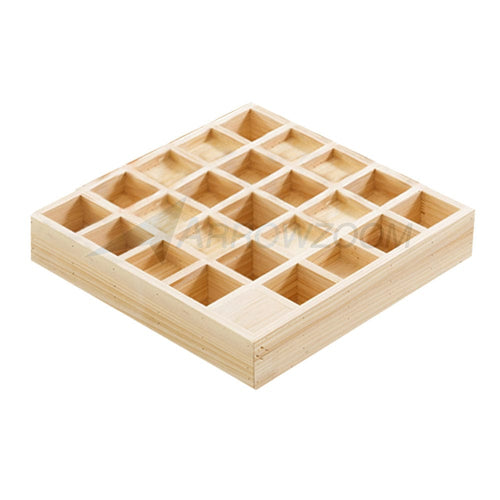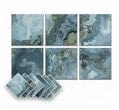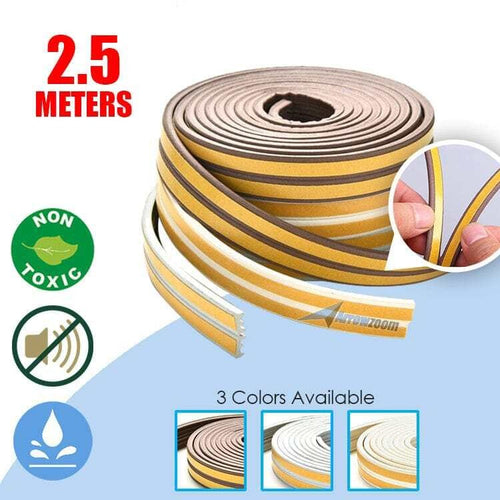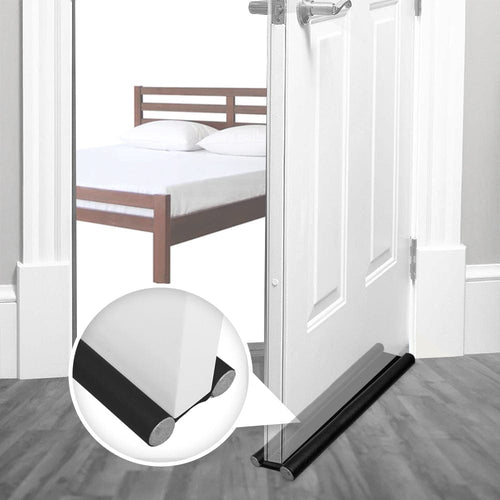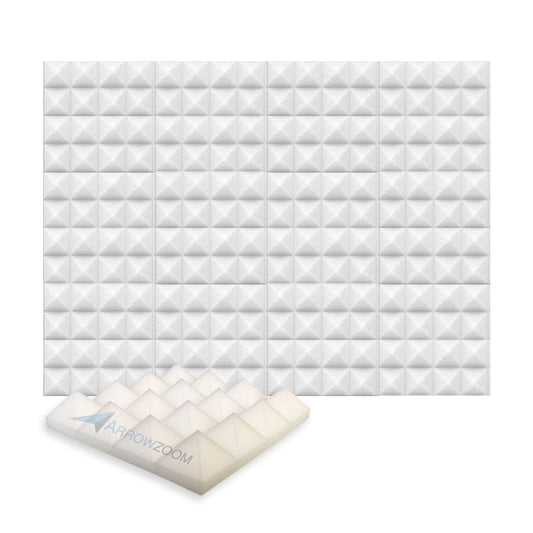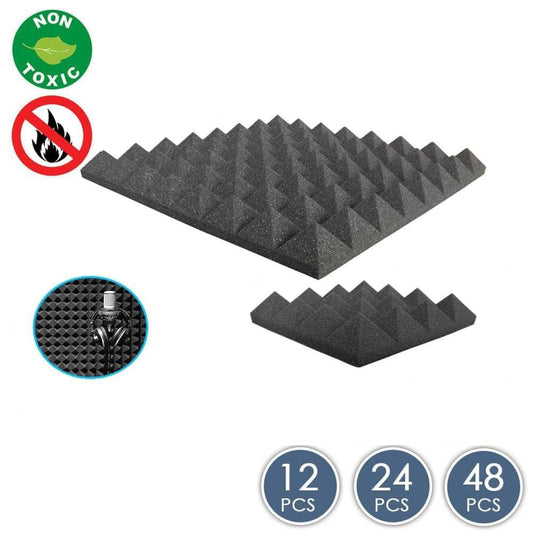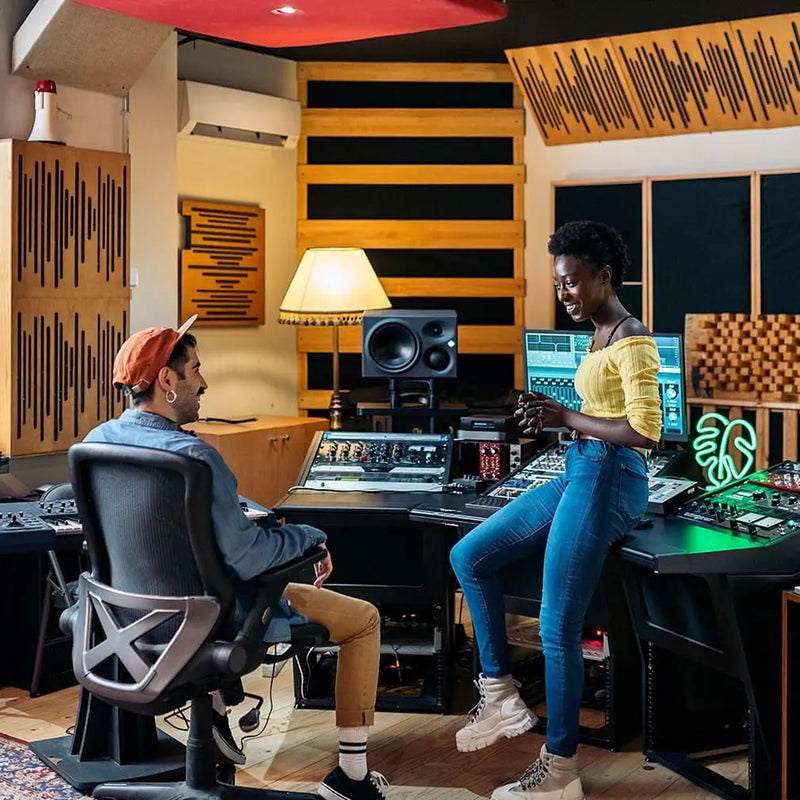
Not all of the sound passing through the soundproof foams gets absorbed. Some with certain audio frequencies get reflected. Even though designed to dampen the waves, making them reverberate and echo less, the soundproof foam's design makes more of the reflected wave hit the foam again, resulting in most of the sound waves getting absorbed for fewer noise disturbances around the premises. It is to enhance the sound quality that the soundproofing techniques such as the acoustic foams are cut in different profiles, including egg, pyramid, wedge, and square shapes, depending on the application.
The sound waves reflected and the speech quality in an enclosed space depends upon the shape of the reflected foam with each profile cut to make the sound wave travel in and around in a smooth manner, as any particular shape absorbs a single audio frequency while reflecting others! What Shape of Acoustic Foam Panels Will Work Best for you then?
Are sound foam shapes designed to "mirror" the incoming sound waves?

Depending on the kind of soundwaves, be it the music recording, a normal conversation, or the honk of the louder frequency sounds, the foam would be designed to replicate similar shapes and fit together almost like a puzzle piece. The diffusion of the sound waves is what comes as the primary purpose of the acoustic foam panels, the shape be any. What these different shaped acoustic foam panels absorb is limited to upper-ranged frequencies only. Lower-range frequencies pass through and may well bounce off the wall/ceiling surface upon which the tiles are mounted, so the tile is “transparent” to frequencies outside its effective absorption range. Lower range frequencies tend to permeate the standard construction, the shape be any.
Why do soundproofing techniques mostly absorb higher frequency sound waves?

Different acoustic foam shapes absorb mostly high-frequency sound waves by the wavefront penetrating through the small spherical cellular structure. The acoustic foams, typically soft, porous, and lightweight, let the higher frequency sound waves bounce off and reflect rather than being blocked or fully absorbed. These sound waves evade getting split into smaller wavelets(of lesser intensity). The foam’s angular structure does not allow the low-frequency sound wave to be reflected similarly.
How to absorb the low-frequency sound waves, then?
Due to their longer wavelength, the absorption of low-frequency sound waves becomes a tough ask. With the higher frequency sound waves of shorter wavelengths getting easily absorbed through the thinner walls, the lower frequency sound waves need a different construction altogether!
a)The soundproofing space to be kept completely sealed with no open windows or cracks to allow waves to pass through easily.
b)Need to ensure thicker sound foam panels. The more the mass, the easy becomes the sound absorption. Be it the floors, walls, or ceilings, thicker surfaces require higher energy to be penetrated. Using concrete, acoustic drywall, or mouldable vinyl sheets, could be an expensive but more meaningful option.
c)Insulating any wall cavities
d)Using an isolation box for small appliances
e)Building a DIY window plug
f)Using soundproof curtains
Note:
Unlike the sound absorption panels made with soft and porous materials that allow sound waves to bounce back at you, wooden sound diffusers make the wave reflect. It, however, breaks up the clear reflection and does not allow a full-throttle reverberation! These set the background sounds with better tonal quality for mid-range frequencies.


